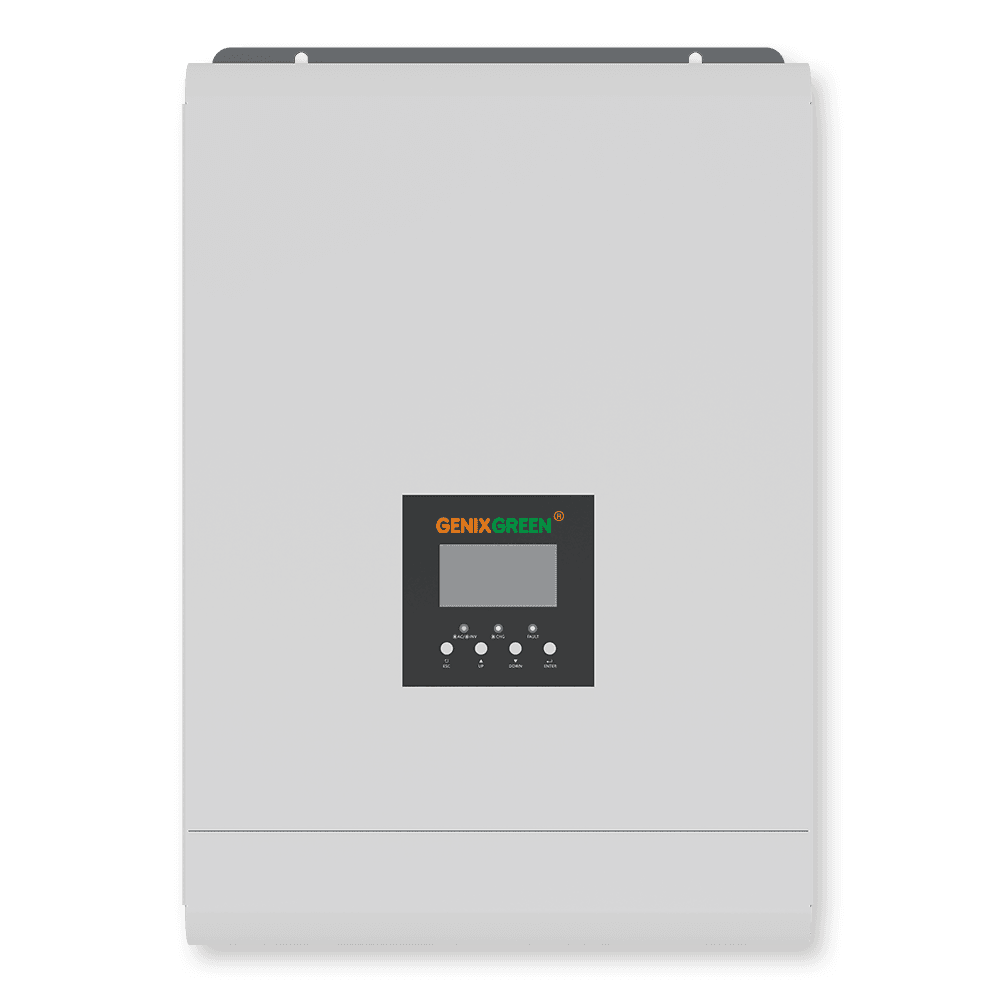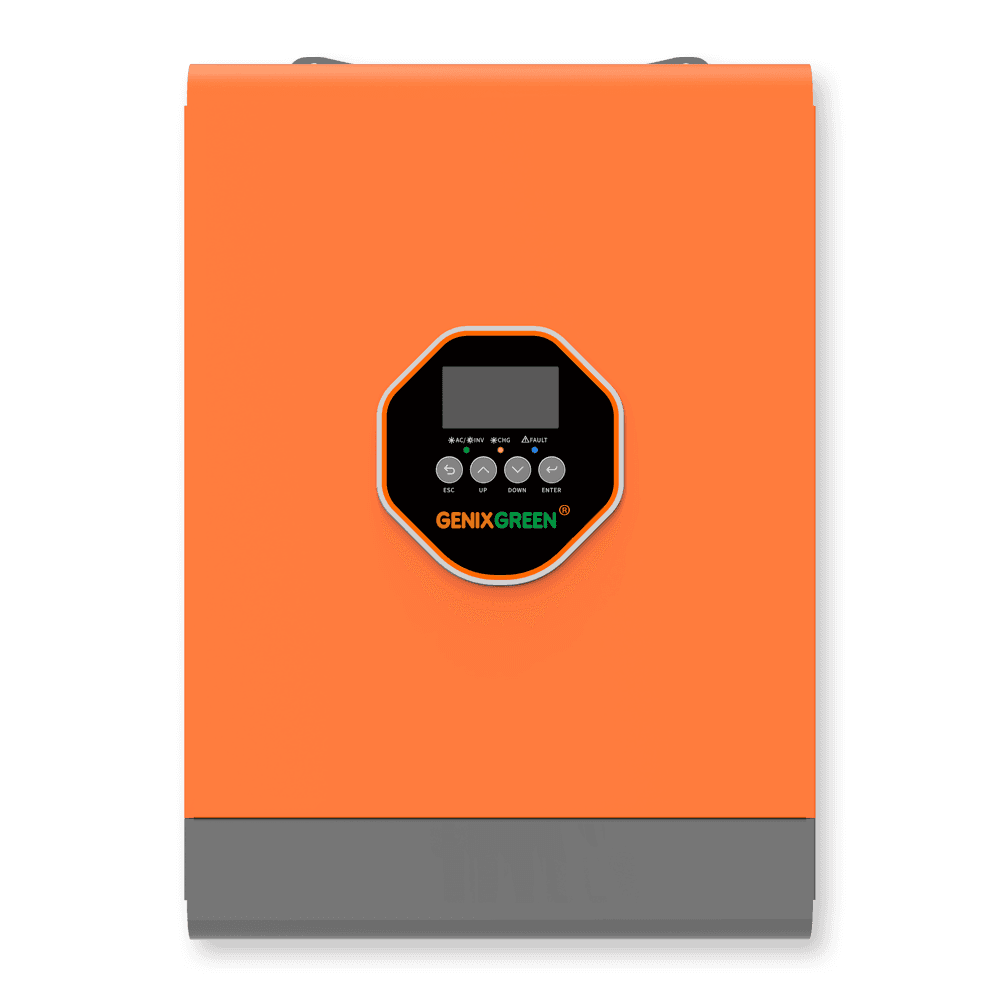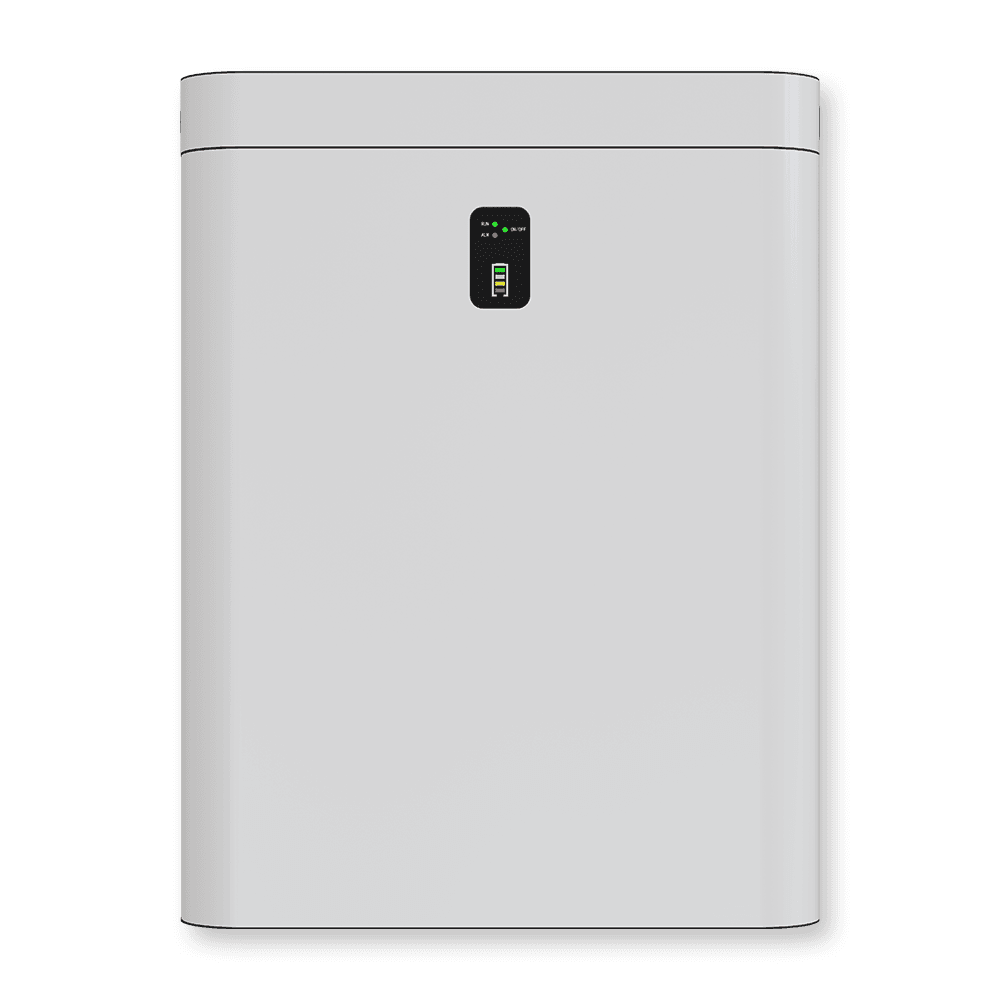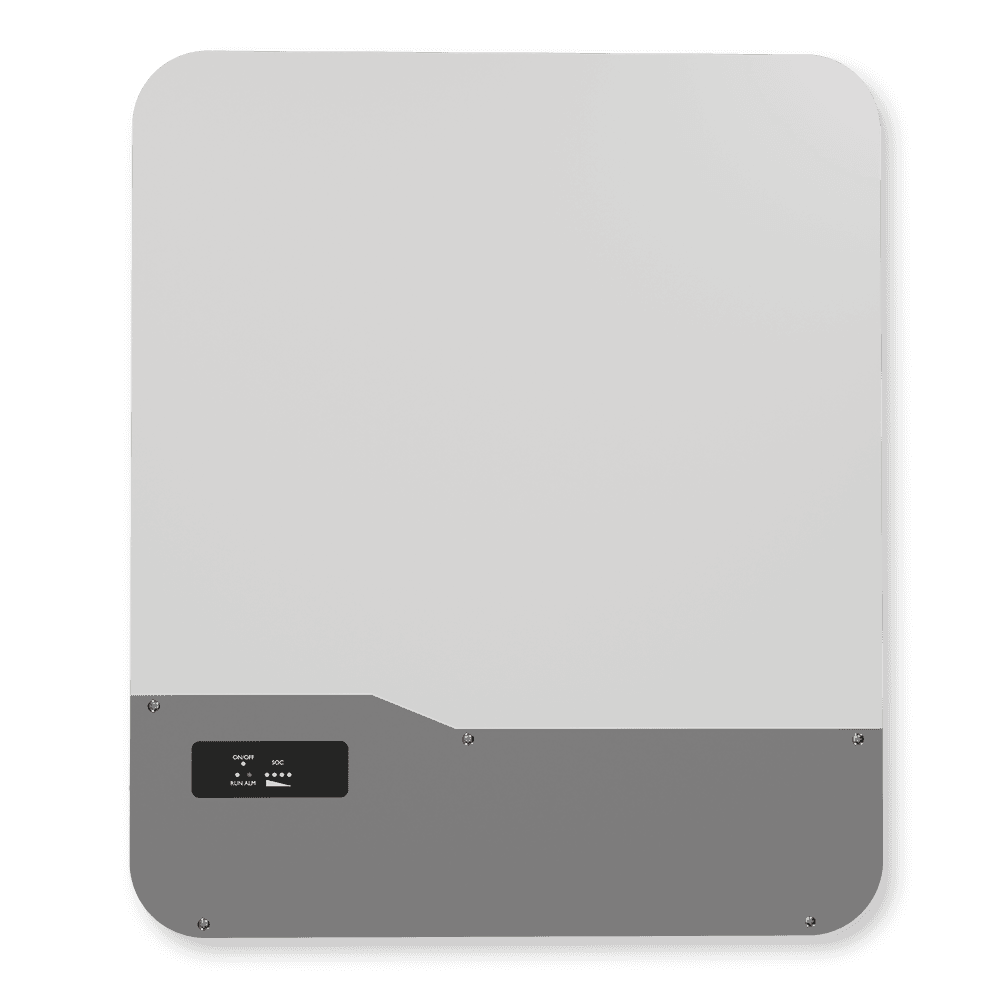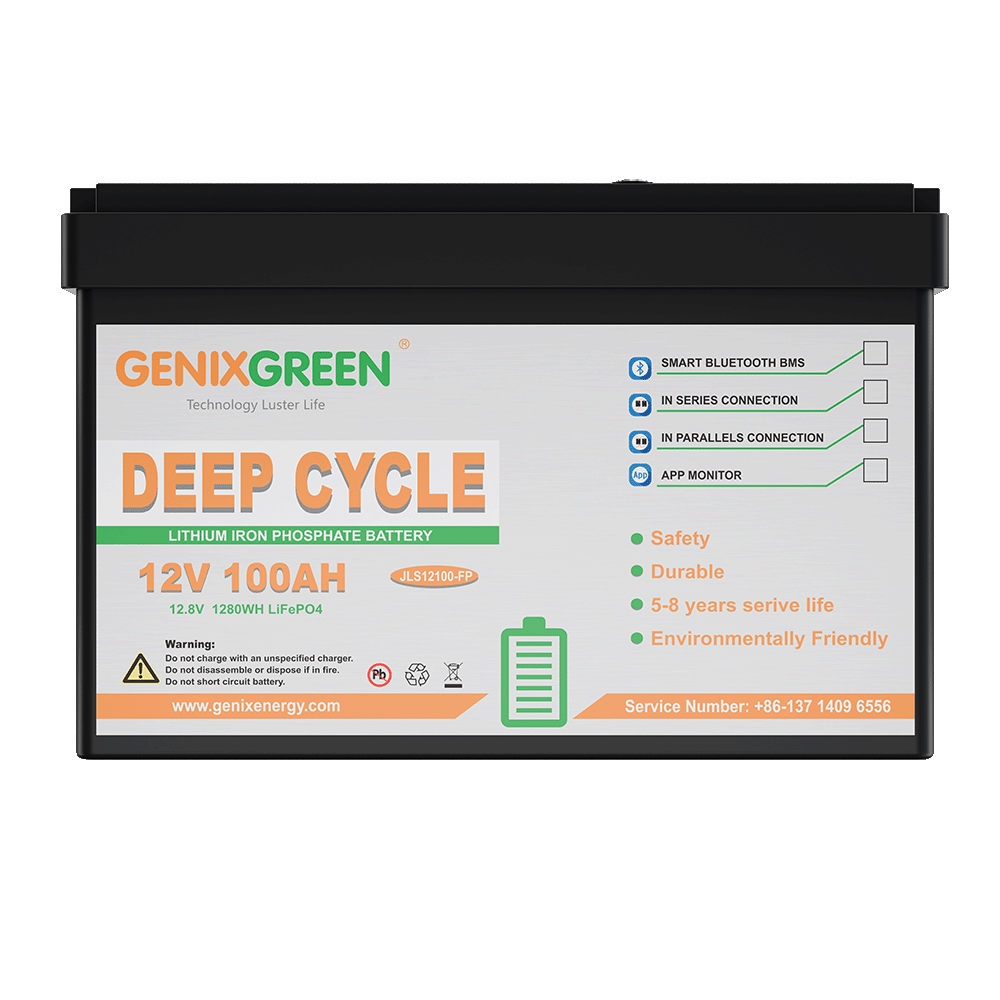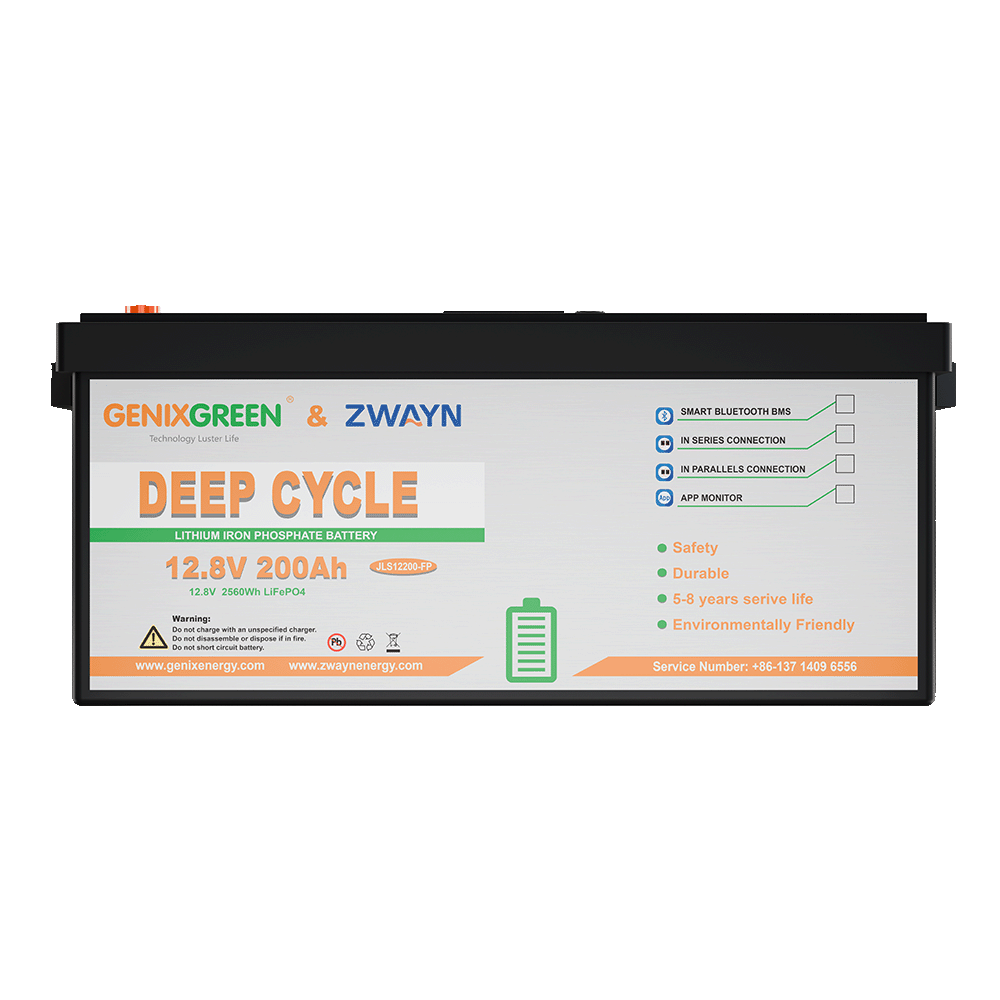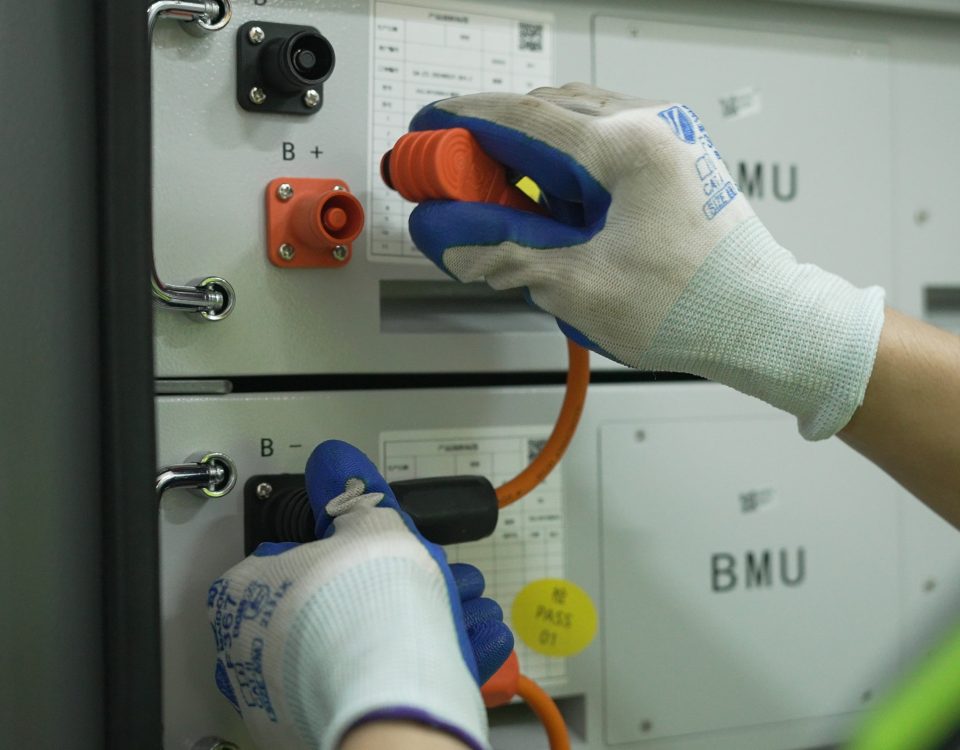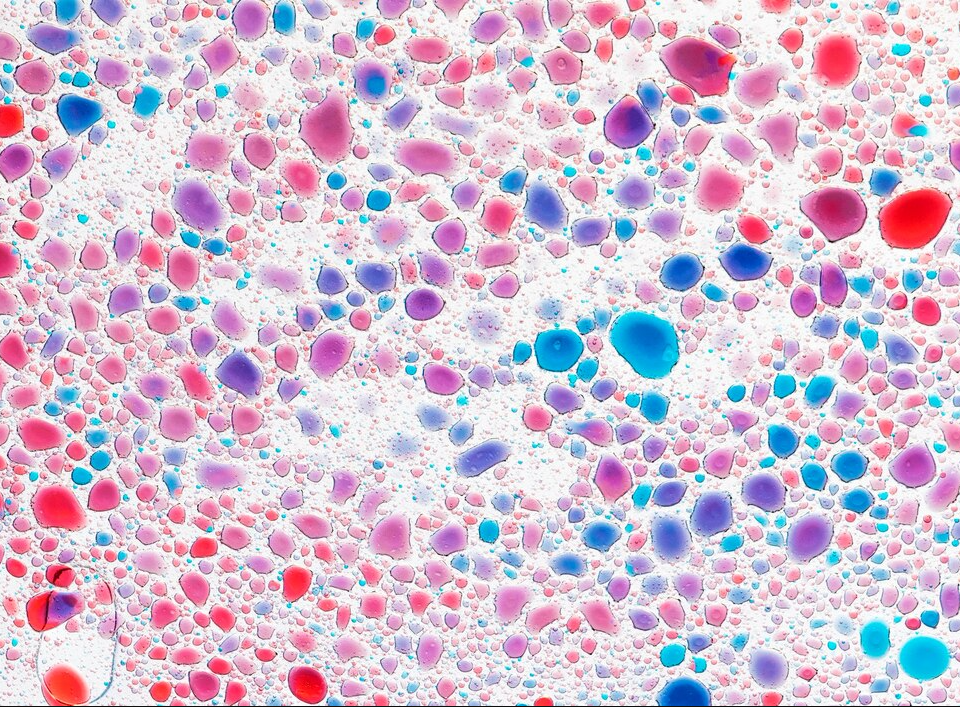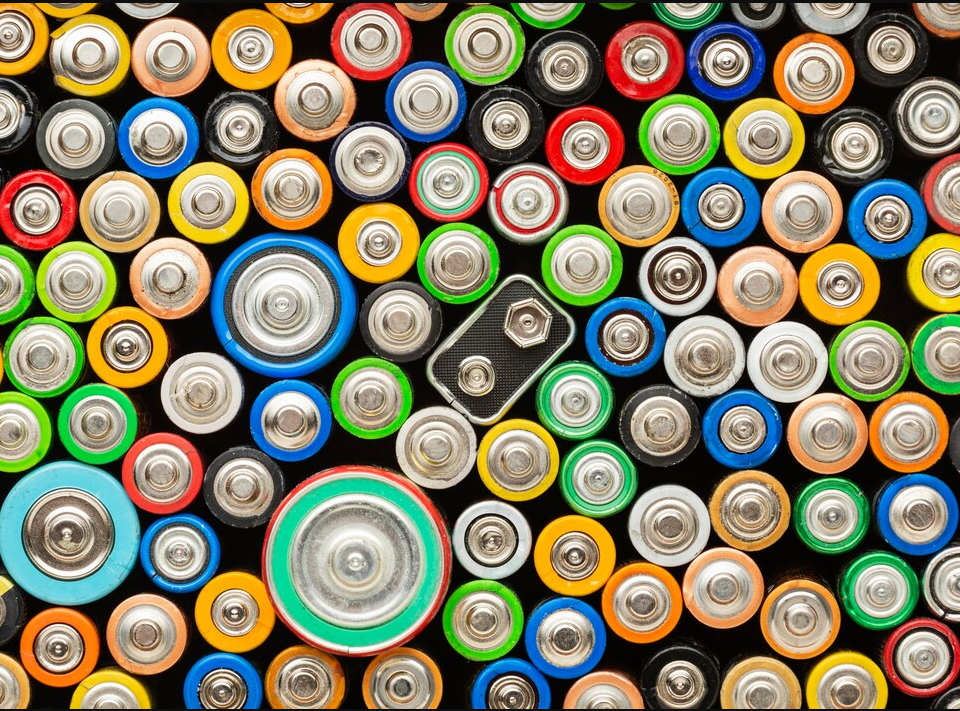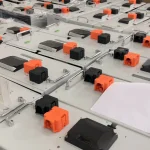
Why Lithium-Ion Batteries Outperform Lead-Acid Batteries in Electric Vehicles

Do laptops have lithium batteries?
Lithium batteries will not be completely “frozen” in winter, but low temperatures will significantly affect their performance. The following is a key analysis:
- The core impact of low temperatures on lithium batteries
Increase in electrolyte viscosity: The electrolyte viscosity increases by 30%-50% below 0°C, and the lithium ion migration speed decreases by more than 40%. This leads to an increase in the internal resistance of the battery and a reduction in discharge capacity of about 20%-30%.
Reduced electrode activity: The activity of positive and negative electrode materials decreases by 50% at -10°C, and the lithium ion insertion/extraction efficiency at -20°C is less than 30% of that at room temperature. Experiments show that the power loss increases by 70% for the same use time under -5°C conditions.
Voltage fluctuation: For every 1°C drop in temperature, the battery voltage decreases by 0.03-0.05V, and the drive motor power output decreases by 8%-12%.
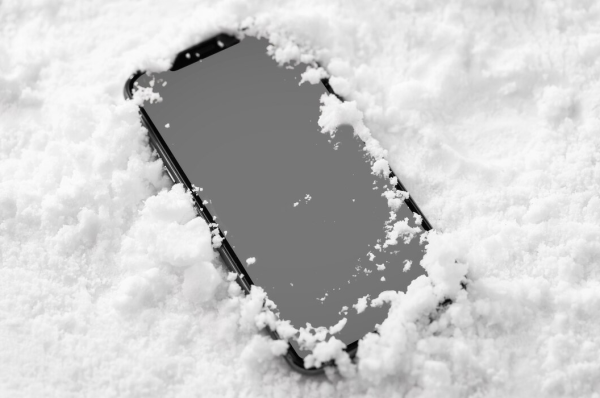
- Critical freezing temperature
The freezing point of lithium battery electrolyte is -20℃ to -30℃, but extreme cases show:
The electrolyte solidifies in bus batteries at -25℃ in winter in the north
Lithium iron phosphate batteries can still maintain 80% capacity at -30℃
- Performance degradation
Reduced battery life: The average battery life of electric vehicles in winter is reduced by 25%-40%, and some models are attenuated by 50%
Power reduction: The output power of the motor is reduced by 15%-20% below 0℃, and the acceleration response is delayed by 0.5-1 second
Charging abnormality: The charging efficiency at low temperature decreases by 30%, and the charging time needs to be extended by 50% at -10℃
- Key countermeasures
Environmental control: The storage/charging environment is kept above 5℃ 15-25℃ is recommended
Power management: keep the power at 30%-50% to avoid over-discharge
Preheating strategy: let it stand for 10-15 minutes before use, or use the battery compartment insulation system
Technology upgrade: use new electrolyte (such as CATL low-temperature formula) or lithium titanate battery, -30℃ capacity retention rate can reach 90%
5. Extended impact
Low temperature will also cause:
Tire pressure drops by 8%-12%, rolling resistance increases by 15%
Motor grease viscosity increases, speed response delays by 0.3 seconds
Control system electronic components respond 20% less
Conclusion: Lithium batteries only have performance degradation in environments above -20℃, and will not fail completely; irreversible damage may occur below -30℃. Through environmental control, power management and battery technology innovation, the problem of performance degradation in winter can be effectively alleviated



